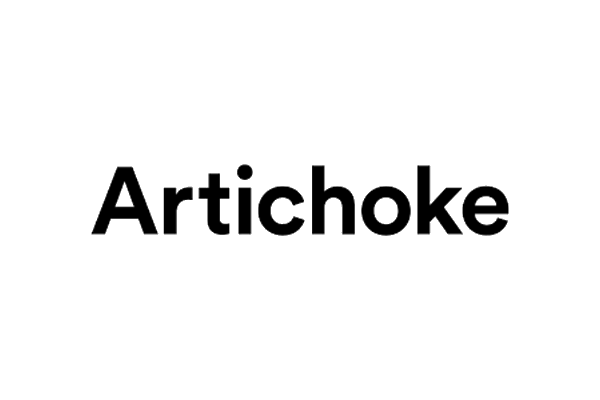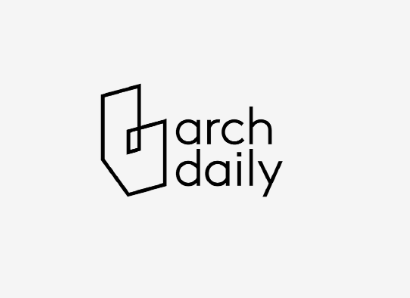Town Planning Process & Time Frames
Our Town Planning service guides your project through Council negotiations and design approval, every step of the way.
60 day timeframe
Councils have a statutory requirement to decide upon planning permit applications within 60 days. In reality, the time taken to determine a planning permit application can often exceed this due to a number of factors as outlined below.
The 60 Day Clock Starters and Stoppers
The events that can start and stop the statutory clock during the Town Planning process are as follows:
Lodging your permit application with Council - Start point, Council have 30 days to respond.
Council requesting further information - Application timeframe stops.
Respond to Further Information Request - Timer restarts. Council have another 60 days.
Council directing that public notification/advertising be given
The giving of the last required notice/advertisement
Lodging an Application for Review with VCAT
1. Permit Application Lodged and Received by Council
The date that the application is confirmed as received by Council begins the 60 day clock. Council will confirm with us as your architect.
2. Council May Request Further Information
The date that the Council sends a letter requesting further information potentially stops the 60 day clock:
If further information is requested within 28 days of the application being lodged, then the 60 day clock resets to zero and does not restart until all requested information has been supplied to Council.
If further information is requested after 28 days from the initial lodgement date then the 60 day clock continues to run (and is not reset). However, if as part of a response to a Request for Further Information, the applicant makes an amendment to the proposal, the timeframe is reset to zero days once more.
3. Further Information Provided
The day satisfactory information is received by Council in response to the further information request. If the request for further information was issued from Council inside the 28 days (discussed above) the statutory clock recommences on the date all the required information is received.
4. Notice of Application (Advertisement) Required
Once Council are satisfied with the application, should advertisement be required, they will notify us of the associated costs and proceed to advertise the changes in the form of a notice placed on-site via a physical sign at the property.
The sign must be erected on site for 14 days before being removed.
5. Objections
No Objections Received - If your application receives no objections from neighbours or members of the public, then Council may proceed to issue a planning permit.
Some Objections Received - Council must review these and consider whether they are legitimate objections or general and not relating to the design specifics and planning scheme. Irrespective, Council will provide us with a copy of the objections for our information and formal response.
Option A - Written response to each objection which is then submitted back to Council for their consideration. As part of this submission changes may or may not be made to the design in order to satisfy objectors/Council.
Option B - Alternatively, you may choose to approach the objector or objectors and make a personal attempt to come to a mutual agreement where they in return withdraw their objection.
Option C - The objectors don’t remove their objection but Council is now supportive of the application and proceed to issue a notice of decision to the objectors notifying them of their intent to issue a planning permit.
In the case of Option C, objectors, after receiving the notice, have 28 days in which to further object and pay a fee to take the project to VCAT.
6. Right Of Appeal - Victorian Civil and Administrative Tribunal - VCAT
Should any of the objectors remain to disagree with Council’s notice of decision to grant a planning permit, they have the right to appeal. Should they appeal the decision the process will be referred to a VCAT hearing where a decision will be made.
Should this happen you are still able to negotiate with the objectors at any time leading up to the hearing in an attempt to reach a mutual agreement.
Should you reach a mutual agreement with the objector or objectors and they choose to withdraw their objection then the planning permit may be issued.
Obtaining a Satisfactory Outcome
Dean Dyson Architects will be with you every step of the way, directing and guiding your project through this process.
Dean Dyson Architects will be working closely with your appointed town planning consultant throughout the planning process to ensure that the process runs as smoothly as possible and without delay.
We will contact you periodically during the process to update you on progress and seek your direction where it is required.
Watch this Client Interview & Success Story above.
Case Study
Clients: Damien & Amanda.
Project: Edge House, Coburg.
Published in: Local Project & Habitus Living.
When we first met Damien and Amanda they were living in a dark, dysfunctional Californian bungalow. The space was poorly configured which caused morning chaos and lifestyle dissatisfaction. It was ultimately unsuited to their needs and routines.
What followed was an inspired creative journey that saw us transform this disconnected and dark Californian bungalow into a stunning, light filled, spacious haven that brought the family closer together and connected them with the surrounding parkland and external gardens.
What Amanda & Damien had to say:
“The process was an amazing experience, and we would love to do another project again! We are so house proud now. We love being home and love people visiting our home!”
AWARDS & PUBLICATIONS










